


DANGEROUS GOODS - DG
[ {{formatDate('2024-09-16T00:00:00.000Z')}}]
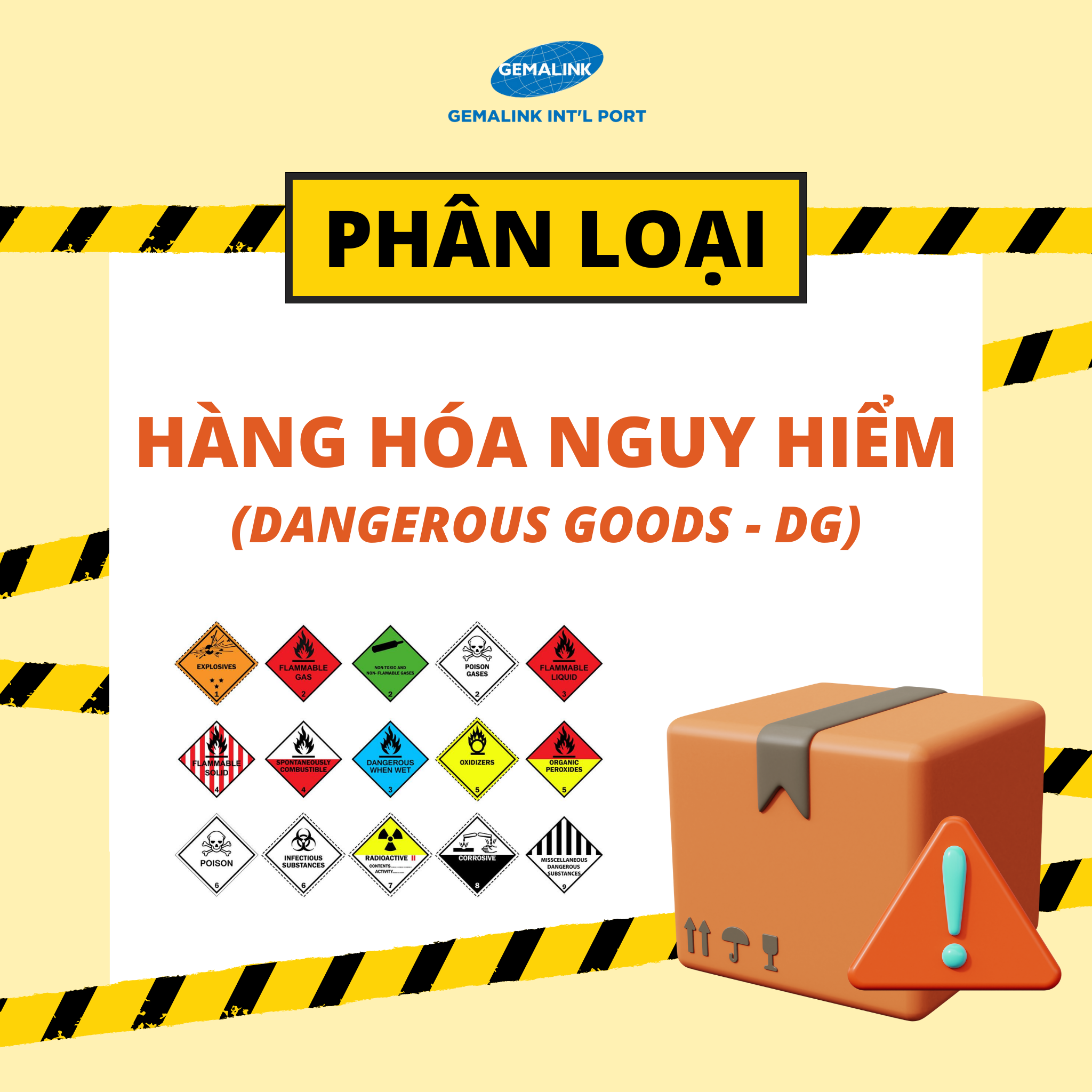
Dangerous Goods (DG) are items containing toxic substances that affect human health and life, pollute the environment, disrupt national security and order, and endanger traffic during transportation.
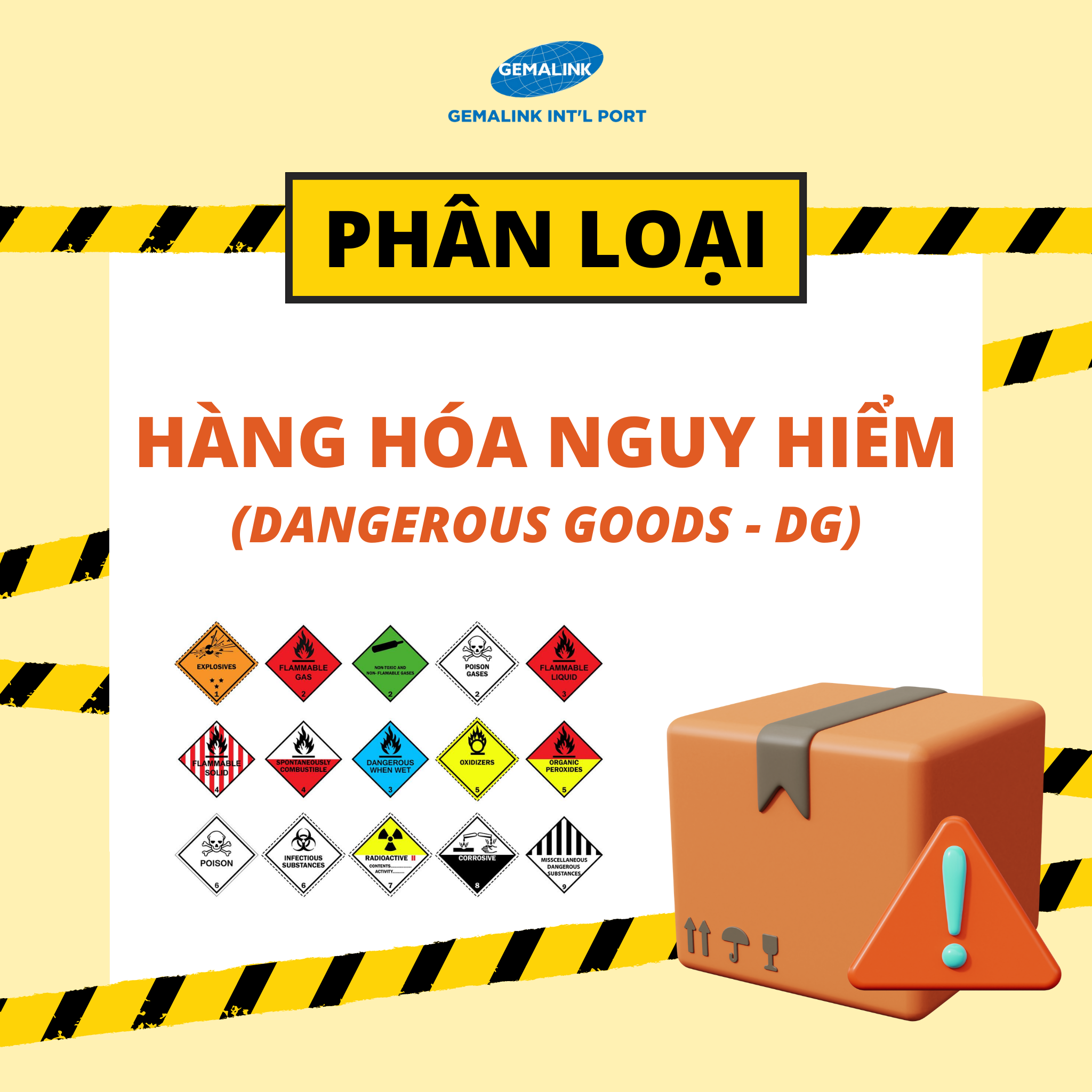
Group 1: Explosives
Explosive substances, except those which are extremely dangerous during transportation or those which are highly dangerous, are classified in another category. (Note: substances which are not explosive in themselves but which can form an explosive gas, vapour or dust are not included in Group 1).
Explosive objects, except those containing explosive substances of such mass or nature that the accidental, spontaneous ignition or starting of fire will not cause any external manifestations such as flying fragments, flames, smoke, heat or loud explosions.
Explosive substances and explosive objects not mentioned in the above two items are manufactured with the view of creating an explosive effect or producing fireworks depending on the purpose.
Group 1 is divided into 6 subgroups from 1.1 to 1.6 based on the degree of danger when exploding. Division 1.1 is for substances with a high explosive hazard and 1.6 is for substances with very low explosive hazard.
Division 1.1. Substances and articles with a mass explosion hazard.
Examples: Dynamite, TNT (Trinitrotoluene),….
Division 1.2. Substances and articles with a fire hazard but not a mass explosion hazard.
Examples: Black powder
Division 1.3 Substances and articles with a fire hazard and a minor explosion hazard or both, but not a mass explosion hazard.
This section includes particles and substances that satisfy the following factors:
– Increase the temperature difference.
– This substance burns after another substance, creating a secondary explosion or fragmentation effect.
Example: Ethanol
Division 1.4
Substances with an unknown hazard (only a minor hazard) due to ignition or friction during transport in ignition or ignition during transport. These effects are limited to the package, which may emit particles. External fire does not cause immediate explosion of the contents of the package
Examples: Fireworks, fireworks, etc.
Division 1.5
Very insensitive explosives (usually with a mass explosion hazard) are unlikely to ignite or become explosive under normal transport conditions. Their minimum requirement is that they do not explode in a fire test.
Examples: TNT (Trinitrotoluene), C4 (plastic explosive)
Division 1.6. Substances with a mass explosion hazard.
This section includes granules containing almost insensitive explosives, the possibility of explosion and propagation is negligible. For safety reasons, explosives are usually made to be nearly insensitive. However, insensitive explosives require an initiator, usually another explosive.
Therefore, during transport, the explosive must be separated from the primer. This can be done by separating the explosives into their respective groups.
For example: Nitroglycerin, Detergents containing peroxides,
…

Group 2: Gases
Group 2 includes compressed gases, liquefied gases, refrigerated gases, gas mixtures with other vapours and products charged with gases or aerosols. These gases are usually flammable and may be toxic or corrosive.
Group 2 includes substances in gaseous form which:
At 50 degrees Celsius have a vapour pressure greater than 300k Pa.
Absolutely gaseous at 20 degrees Celsius with a standard pressure of 101.3kPa.
Depending on the physical state of the gas when stored and packaged, there are the following types:
- Compressed gas: is a gas (except when in solution) that when packed into a tank under pressure for transportation is still completely gas at 20 degrees Celsius.
- Liquefied gas: is a gas that when packed into a tank for transportation is partly in liquid form at a temperature of 20 degrees Celsius.
- Refrigerated liquefied gas: is a gas that when packed into a transport tank is partly liquid because its temperature is low.
- Gas in solution: is a compressed gas that when packed into a transport tank can be dissolved in another solution.
They are also dangerous because they can react chemically with oxygen. They are divided into three sub-divisions:
Division 2.1 Flammable gases
Examples: Gas, Ethane, Butane,…
Division 2.2 Non-flammable, non-toxic gases
Examples: Fire extinguishers, Oxygen, Nitrogen,…
Division 2.3 Toxic gases
Examples: Ammonia, Carbon monoxide (Co), Chlorine,…

Group 3: Flammable Liquids:
Group 3 includes liquids that are flammable and combustible, that is, liquids with a flash point of 61°C or less.
The following are not included in Group 3:
- Liquids with a flash point higher than 23°C but lower than 61°C, that have a flash point higher than 104°C or that boil before reaching the flash point. This standard does not include flammable liquids, aqueous mixtures and many petroleum products that are not truly representative of a potentially flammable hazard.
- Soluble liquids containing less than 24% ethanol by volume.
- Beer, wine and other consumer products, when packaged, the inner package has a capacity of less than 5 litres.
Flammable liquids are hazardous to handle and transport because they are highly volatile and flammable. Flammable liquids are commonly used as fuel in internal combustion engines for motor vehicles and aircraft. This means that they make up the largest tonnage of Dangerous Goods transported by ground transport. Examples include paints, oils, petrol, alcohol, …perfumes and acetone (used in nail polish remover).
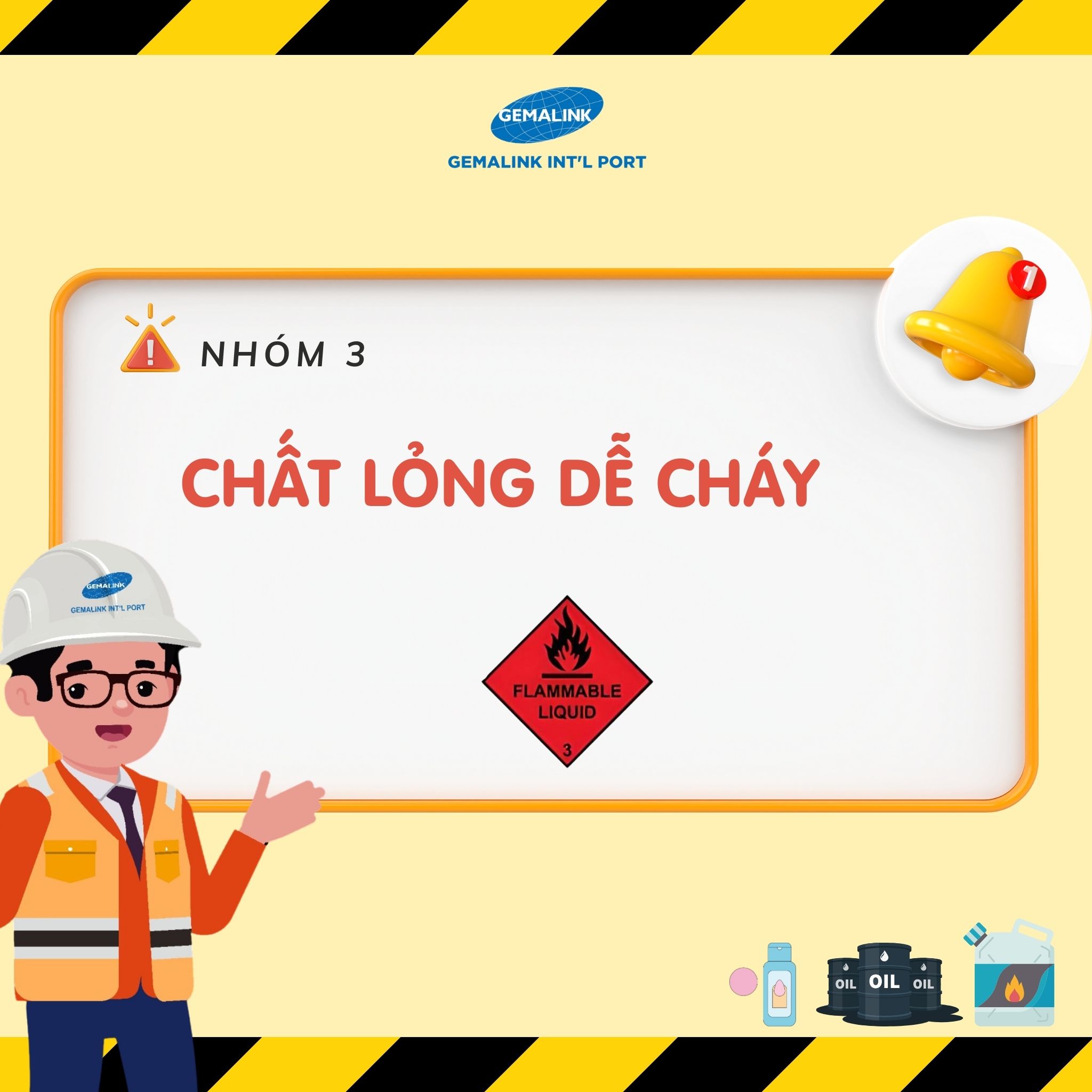
Group 4 : Flammable Solids
Class 4 dangerous goods are classified as products that are easily ignited and are likely to cause a fire during transport.
Some goods are self-reactive and some are self-heating. There are 3 sub-divisions for Class 4 dangerous goods:
Division 4.1: Flammable solids, self-reactive substances and low-sensitivity explosives
Characteristics of flammable solids:
- Flammable solids are substances that are easily ignited and can burn when rubbed. Flammable solids in the form of powders, granules or pastes are dangerous because they can easily ignite after only a very short contact with a source of ignition, such as a match, and the fire will spread immediately.
- The hazards are not only due to fire but also due to toxic combustion products. Metal powders (alkali metals, aluminum, zinc, etc.) are often particularly dangerous because they are difficult to extinguish, when using common fire extinguishing agents such as carbon dioxide (CO2), if using water to extinguish the fire, the fire will become even more dangerous.
Characteristics of self-reactive substances and related substances
- Self-reactive substances are thermally unstable substances that can decompose even in the absence of Oxygen. The process releases a lot of heat (in normal conditions or increases the temperature).
Characteristics of low-explosive substances
- Low-explosive substances are substances that have been moistened with water (or alcohol) or have been diluted with other substances to reduce their explosive properties.
For example: Metal powders such as alkali, aluminum, zinc, etc.
Group (Division) 4.2 Substances that can spontaneously combust.
- Spontaneous combustion substances
- Spontaneous heat-releasing substances
Properties of spontaneous combustion and spontaneous heat-releasing substances
- The spontaneous heat-releasing of a substance, leading to spontaneous combustion due to the reaction of this substance with oxygen in the air and the heat generated does not quickly escape to the surrounding environment.
The spontaneous combustion process occurs when the amount of heat generated exceeds the amount of heat lost, so that the system reaches the temperature of spontaneous combustion. There are two types of substances clearly distinguished by their spontaneous combustion properties as follows:
- Spontaneous combustion substances (solid or liquid): are mixtures or solutions with a small mass that can also ignite within 5 minutes of contact with air.
Spontaneous heating substances: are substances that emit heat when exposed to air while there is no energy supply.
These substances ignite only when in large quantities (several kilograms) and after a long time (several hours or days).
For example: Saltpeter, Phosphorus, Nitrogen, etc.
Division 4.3 Substances which emit flammable gases when in contact with water.
Substances which, when in contact with water, emit flammable gases which can form explosive mixtures with air. Such mixtures are easily ignited by any normal source of ignition, such as sunlight, hand tools that produce sparks or unprotected light bulbs. Explosions can be dangerous to people and the surrounding environment, for example, calcium carbide.
For example: Sodium Hydrosulfite Sugar Remover, Calcium Carbide, etc.
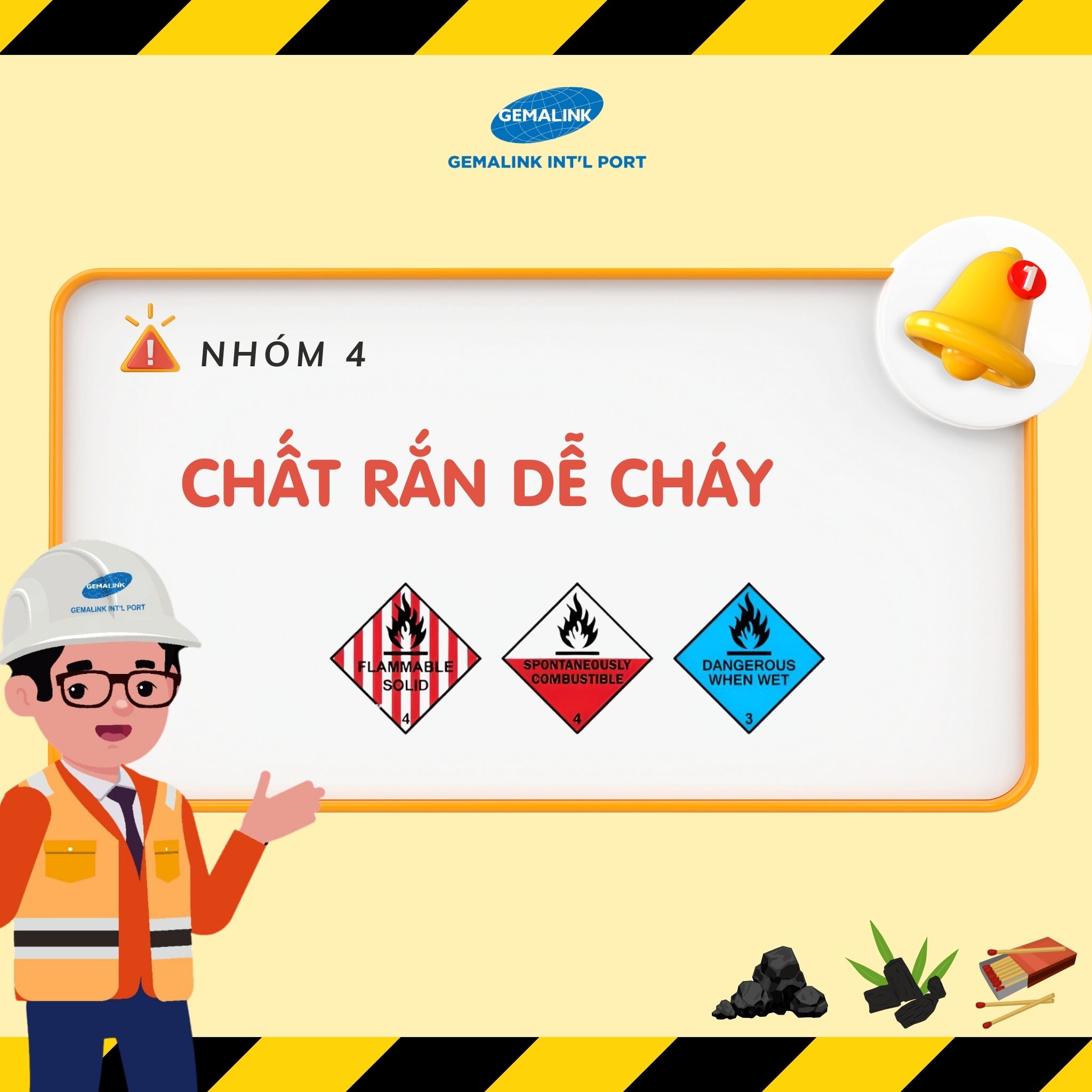
Group 5: Oxidizing Substances and Organic Peroxides
Class 5 dangerous goods are divided into ‘oxidizing substances’ and ‘organic peroxides’. These are often extremely reactive due to their high oxygen content.
They react readily with other combustible or flammable materials, meaning that fires can start and continue in confined spaces. These materials are also extremely difficult to extinguish, which makes them even more dangerous.
Division 5.1 Oxidizing Substances
- These are substances that, although not combustible, can readily release oxygen, or by oxidation can cause a fire in any material, or accelerate the combustion of other materials, thereby increasing the intensity of a fire.
For example: Hydrogen peroxide…
Division 5.2 Organic peroxides
- Most of the substances in this section are flammable and all contain the divalent structure –O-O–. They act as oxidizing agents and may be capable of explosive decomposition. In liquid or solid form, they may react violently with other substances. Most will burn rapidly and are very sensitive to compression or shock.
For example: Fertilizers, Lead nitrate,…

Group 6: Toxic and Infectious Substances
Division 6.1 Toxic Substances: Poisonous substances are capable of causing death because they are, as the name suggests, poisonous.
They can cause serious injury or harm to human health if they enter the body through ingestion, inhalation or absorption through the skin.
Some poisons will be destroyed within minutes, however, some poisons may only cause injury if the dose is not excessive.
For example: Acids, pesticides, etc.
Division 6.2 Infectious Substances: These are goods containing microorganisms that cause infectious diseases in humans or animals, also known as pathogens.
For example: Medical waste, etc.
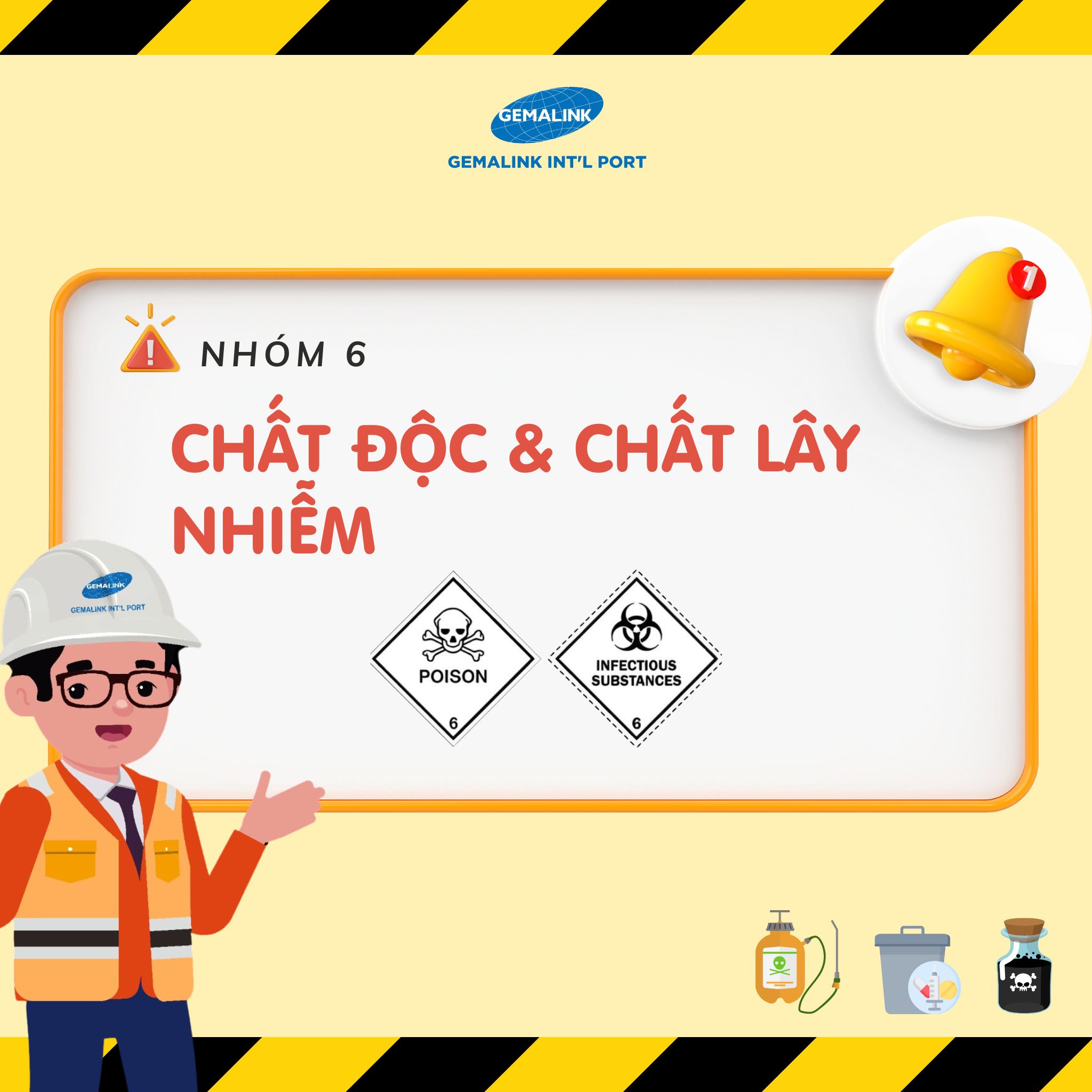
Group 7: Radioactive Materials
Radioactive materials contain unstable atoms that can change their structure randomly. They contain ‘radionuclides’, which are atoms with unstable nuclei.
It is these unstable nuclei that release radioactive energy. When an atom changes, it emits ionizing radiation, which can cause chemical or biological changes. This type of radiation can be dangerous to the human body.
Examples: Yellowcake, Cesium-137 (found in medical devices), nuclear fuel…
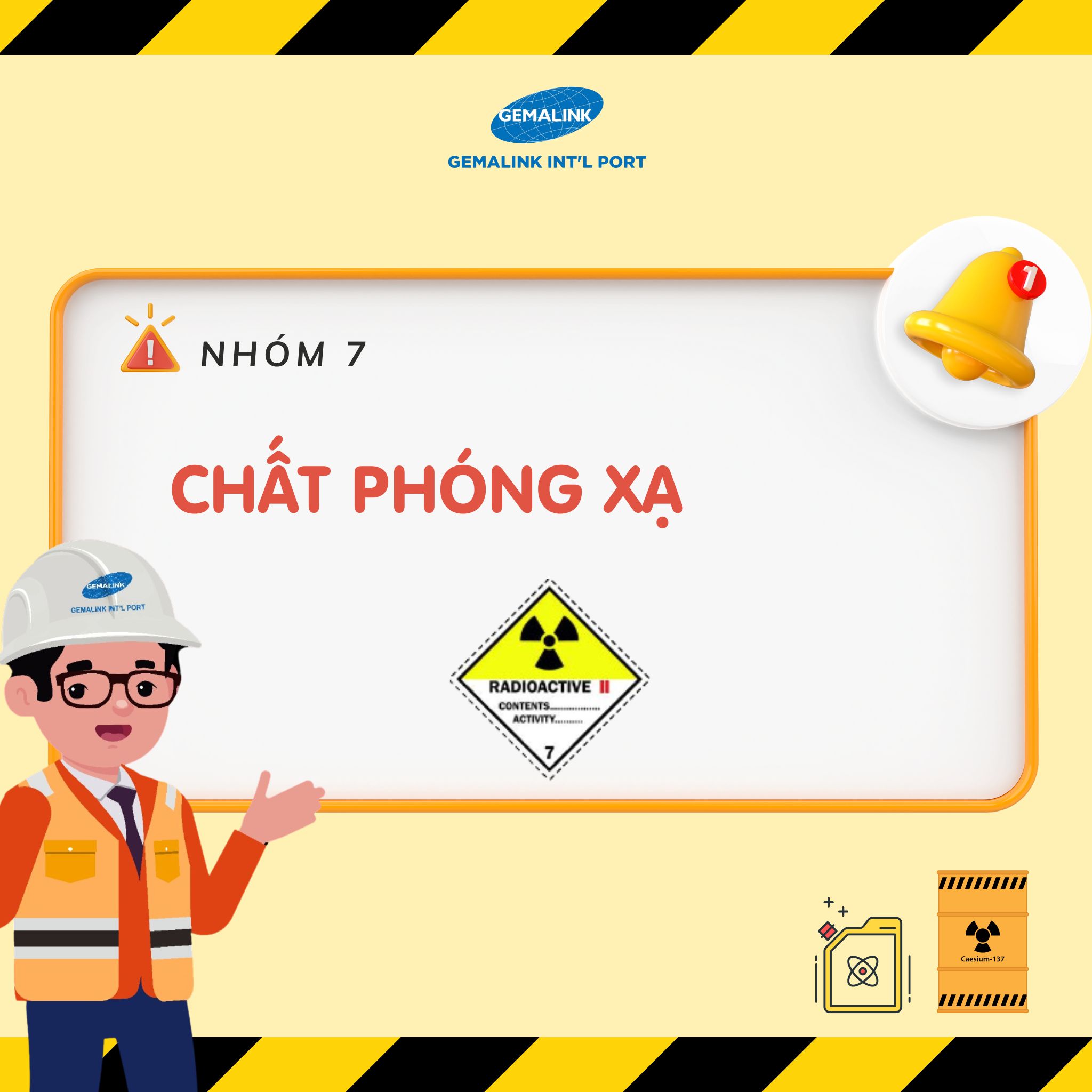
Group 8: Corrosives
A corrosive is a highly reactive material that produces positive chemical effects.
Because of their reactivity, corrosives cause chemical reactions that degrade other materials when they come into contact.
If the materials encountered are living tissue, they can cause serious injury.
Examples: Chlorides, mercury, muriatic acid, bleach, batteries, etc.
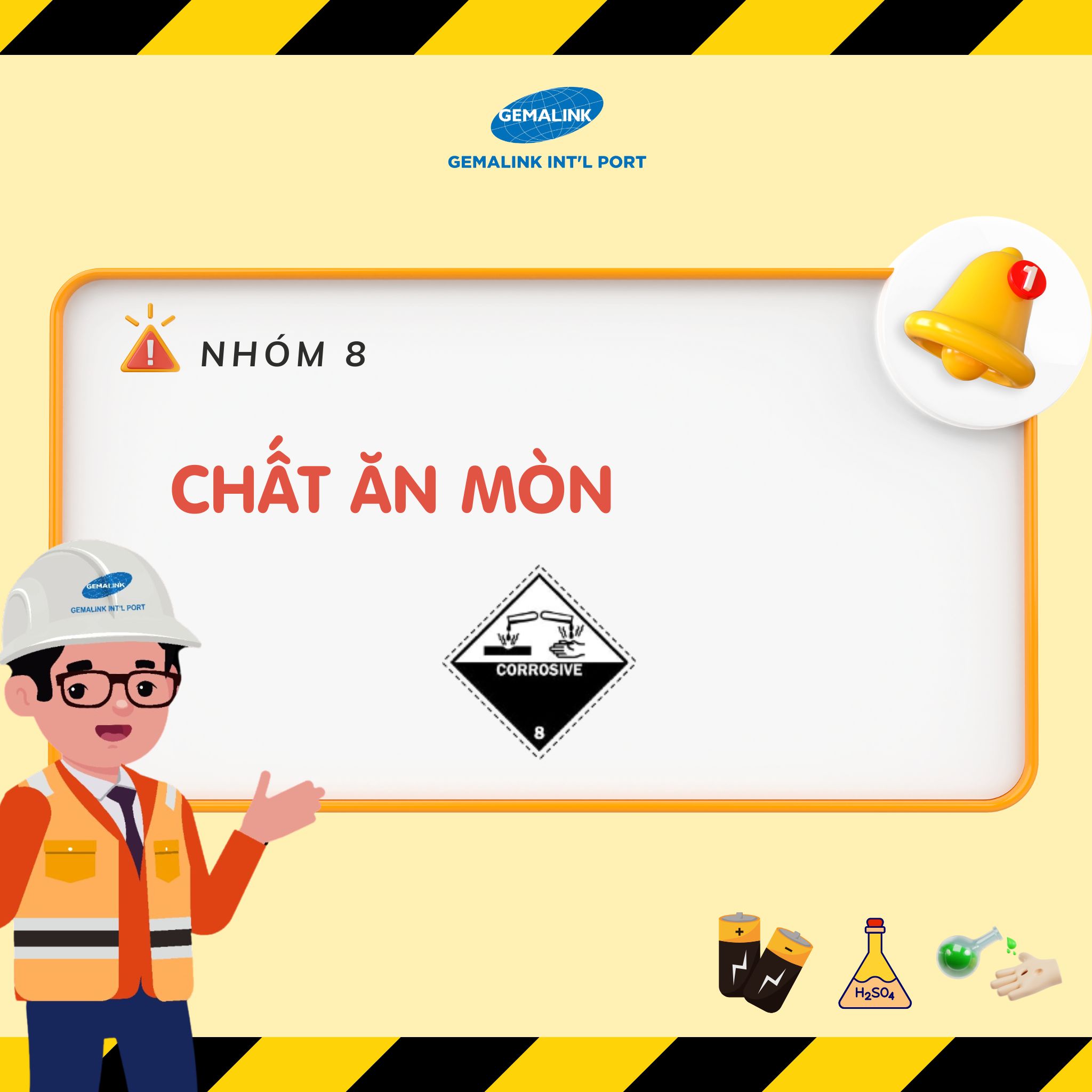
Group 9: Other Dangerous Goods
Includes substances and materials that, during transportation, present a hazard that is not controlled by the standards of materials in other groups.
Group 9 includes certain substances and materials that present a hazard to the means of transport as well as to the environment, and do not meet the standards of other groups.
For example: Dry ice, GMOs, Motorcycle engines, Seat belt softeners, Marine pollutants, Asbestos, Airbag modules and Magnetic materials, lithium batteries…
